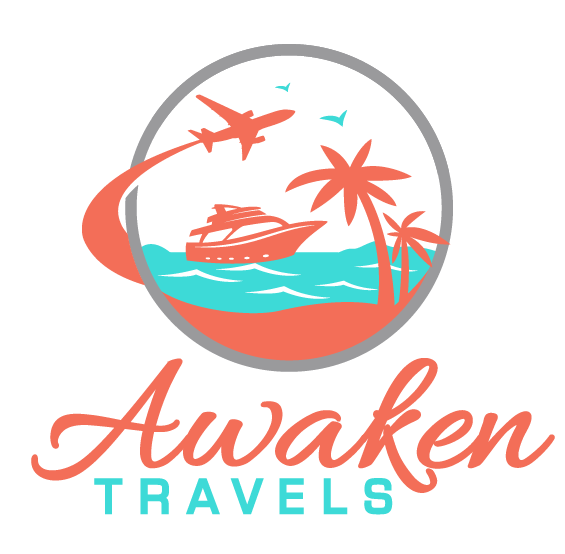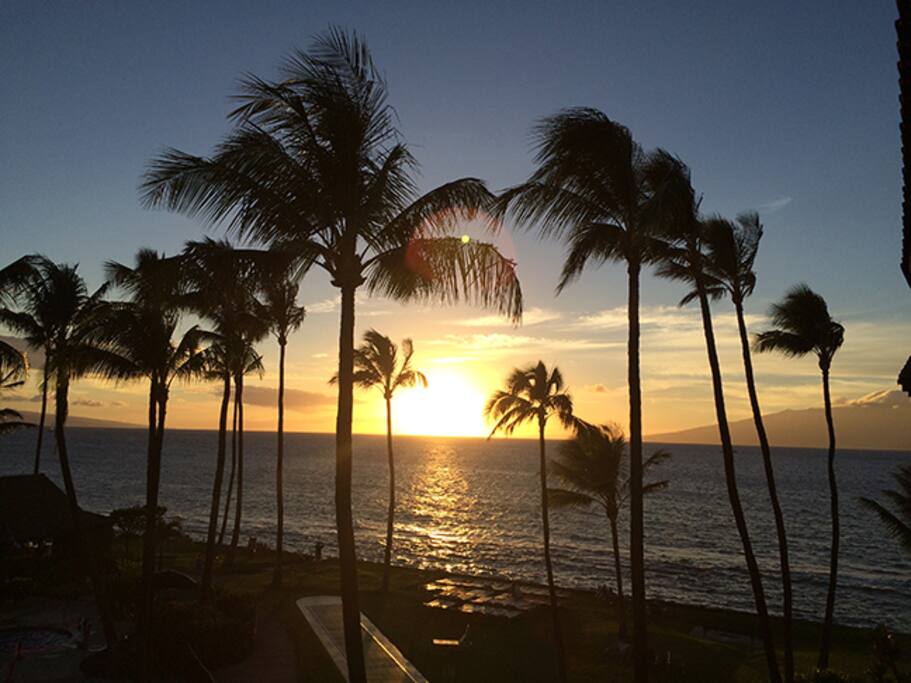Cowan Family Vacation To Hawaii
[trx_video url=”https://vimeo.com/194540930″ ratio=”4:3″ autoplay=”on” align=”center”]Trip Notes:
Travel Dates: October 14th through 28th, Week 1: Two Adults, Week 2: 7-8 Adults
Start & End in Honolulu
Maui
[trx_video url=”https://youtu.be/MEle9Vfxoh0″ ratio=”16:9″ autoplay=”off” align=”center”]
Arrive at Honolulu Airport 10/14 and Take Island Hopper From Honolulu to Maui
Maui Travel Tips
What You Need to Know
- Nothing is free: Resorts may advertise free Internet and gym access, but you pay for those with the resort fee. Unfortunately, the fees are not negotiable, but at least you now know to expect it.
- Pick your hotel wisely: Maui is full of things to do, but the island itself is fairly large. Make sure you choose a hotel that puts you close to your must-sees.
- Mind the time: Maui doesn’t participate in daylight savings. When the rest of the U.S. moves their clocks back or forward, Maui’s time stays the same.
How to Save Money in Maui
- Consider the bus: Driving is by far the easiest way to get around Maui, but if you plan on spending most of your time in one single area, you may be able to save on rental fees by relying on the bus. However, if you do decide to rent a car…
- Know your insurance policy: Some car rental agencies will try to convince you that you’ll need collision insurance. (This is a no-fault state where you’ll have to pay any damages before leaving.) But your personal insurance or your credit card might already cover this.
- Forgo the oceanview: It’s nice to look out at the ocean, but if you can wait to do so at the beach rather than from your room, you can save a considerable chunk of change.
Culture & Customs
What to Eat
Safety
Maui is a very safe place with little crime. Your main concern should be staying safe in parks and on hiking trails and, most importantly, in the water. Never hike or swim alone, and be sure to consult weather and tide conditions before entering the water.
Getting Around Maui
The best way to get around Maui is by car, particularly if you’re planning on exploring large swaths of the island. Maui features a fairly comprehensive set of roadways, so finding your way around shouldn’t be too difficult. There are also several public transportation options — including a bus system and hotel shuttles — but these won’t always be a dependable option for wide exploration.
You can easily rent a set of wheels upon arriving at Maui’s main flight terminal, Kahului Airport (OGG), located on the island’s northern coast in Central Maui. You’ll find two other airports on Maui: The Kapalua Airport (JHM) is located on the north coast of West Maui, while Hana Airport (HNM) sits in East Maui. There are direct flights to Kahului from several mainland airports (including Phoenix and Los Angeles), but both Kapalua and Hana are usually only used for inter-island transfers.
10/14 to 10/28 Maui Vacation Rentals
$3166 for 14 nights
$3021 for 14 nights
$3985 for 14 nights
Must See & Do While in Maui
Road to Hana
[trx_video url=”https://youtu.be/zE0KlKqzM3o” ratio=”4:3″ autoplay=”off” align=”center”]
To find excellent views of Maui’s beautiful coastline, all you need to do is drive. The Road to Hana is a scenic highway that twists through the lush rainforest and past the cascading waterfalls that line the island’s eastern shore. Most people start their trip in Kahului (home to Maui’s main airport) with the intention of motoring 55 miles to Hana. The trip isn’t always easy: The route often surprises unfamiliar drivers with hairpin turns. But those who decide to step on the gas aren’t sorry they did. Despite all the hype and mental preparation, travelers are regularly surprised by the drive’s beauty.
The Road to Hana might seem short, but traveling it will most likely take all day given the number of scenic lookouts and other places to stop. Those who have driven the Road to Hana highly recommend taking your time and stopping as often as possible. You have to stop along the way to explore,” one TripAdvisor user insisted. “As they say, its about the journey, not the destination.”
There are several notable photo opportunities along the way, including the Twin Falls around the 2-mile marker (driving from Kahului to Hana); and the Wailea Overlook or Waikani Falls around the 21-mile marker. The Waianapanapa State Park and Hookipa Beach are also popular stops. Since the trip will take you awhile, pack snacks and a cooler with drinks. Also, some travelers note that the winding route can wreak havoc on those prone to motion sickness — make sure to take it slow and allow for plenty of time outside the car.
Kaanapali Beach

One of Maui’s most popular strips of coastline, Kaanapali Beach stretches across 3 miles of the island’s northwest coast, offering plenty of space to surf and sunbathe. (Be careful while swimming, however, as travelers say the currents can be deceptively strong.) But coveted sand is just one of this beach’s many highlights: Kaanapali was Hawaii’s first planned resort area, and today it features several notable hotels and restaurants, two championship golf courses and the lively Whalers Village open-air shopping center.
Yet for many recent visitors, Kaanapali Beach’s man-made comforts don’t come close to trumping its natural and more traditional features. This is also an excellent place to catch sight of the many diverse creatures that call the Pacific home. The waters here are shallow, making them good for snorkeling, and many travelers report seeing whales off the coast. “One year when we were there, in the water, a dolphin swam up beside us. Quite exciting,” one TripAdvisor user recalled. Another highlight of a visit to Kaanapali Beach is the daily cliff diving spectacle at Puu Kekaa (Black Rock), which pays tribute to King Kahekili, Maui’s last independent king who ruled in the 18th century.
Kaanapali Beach sits just north of the town of Lahaina and can be reached by car via Route 30 (the Honoapiilani Highway). Public transportation here is fairly limited, but certainly, an option — the No. 25 bus offers service between Kaanapali and Lahaina, while the No. 30 runs between Kaanapali and Kapalua. For more information on Kaanapali Beach, visit the Maui Tourism Board website.
Haleakala National Park
[trx_video url=”https://youtu.be/4V8pafcvYiY” ratio=”4:3″ autoplay=”off” align=”center”]
More than a million tourists annually visit Haleakala National Park, home to the world’s largest dormant volcano. The entire park occupies 30,000 acres of land in Upcountry Maui, though most visitors focus on a few specific areas of the park. Of course, there’s the mountain: Haleakala’s summit stands more than 10,000 feet above sea level (in fact, you can see it from any point on the island). Travelers recommend making planning your visit to the summit in the morning to see the sunrise. A fairly winding road (Route 378) will lead you to the top. No matter when you visit, be sure to wear warm layers. The air up top is thin and chilly.
Once you reach the top of Haleakala, you can keep going — down into the mouth of the volcano. The Haleakala Crater measures 19 square miles and offers a stark glimpse of Hawaii’s early beginnings. Trails into the crater will lead you past a desert-like landscape, making for unique photo opportunities. According to recent visitors, watching the sunrise from here is also a great experience.
But don’t limit yourself to just the volcano. The park’s most popular trail, Pipiwai, is actually at sea level, meandering for 4 miles along Maui’s southeast coast to the Waimoku Falls and the Seven Sacred Pool of Oheo Gulch. The takes three to five hours to complete, but you’ll walk away with some stunning photos.
Haleakala National Park is located in southern Maui and welcomes visitors 24 hours a day. You’ll find three visitor centers: The Park Headquarter Visitors Center sits near the northern corner of the park along the road to the summit, the Haleakala Visitor Center can be found near the top of the mountain, and the Kipahulu Visitor Center sits along the southeast portion of the park (at the head of the Pipiwai trail). Each visitor center features its own hours of operation. You can enter the park on foot for $10 per person or in a car for $20, and admission is good for three consecutive days. Check out the National Park Service’s website for more details.
Napili Beach
Though not nearly as expansive as Wailea or Kaanapali, crescent-shaped Napili Beach is particularly popular with families. Napili’s waters are much calmer than those at other Maui beaches, so kids and adults alike can take to the seas for swimming, paddle-boarding, and boogie-boarding. Plus, Napili Beach provides a quiet, laid-back atmosphere that sunbathers seem to love.
If you plan on visiting Napili, make sure you bring your snorkel gear. Napaili’s waves conceal a wide array of fish, not to mention a sizable sea turtle population. According to one TripAdvisor user, there were “more species of reef fish than I’ve seen in any area so small, and yes, there are turtles right there next to you.” (Just note that it is against the law to touch sea turtles; those who violate that law could face up to $100,000 in fines and prison time.)
You’ll find Napili Beach a few miles south of Kapalua on Maui’s northwest coast. Most travelers recommend driving to the beach, which can be accessed from the Honoapiilani Highway (Route 30); however, plan to get there early, as parking is limited and finding a space in the afternoon can be a trying experience. If you’re planning to spend the whole day, make sure to bring supplies — you won’t find the amount and variety of restaurants there that you would at other Maui beaches, so snacks are key.
Waianapanapa State Park
[trx_video url=”https://youtu.be/oO0LA4jaDVI” ratio=”4:3″ autoplay=”off” align=”center”]
In Hawaiian, “Waianapanapa” means “glistening waters.” But it’s not the ocean that draws travelers to Waianapanapa State Park — it’s the jet-black sands. The shoreline here is composed of volcanic sediment, which acts as a stark contrast to bright blue waves and the verdant jungle.
Most visitors make a quick stop at Waianapanapa to snap a photo before continuing along the Road to Hana, but there’s more to see here than just the beach. Those who hike along the park’s primary trail (which traces the coast past the black-sand beach) will discover Waianapanapa’s freshwater caves. According to Hawaiian lore, these caves were the site of the grisly murder of Popo’alaea who, along with her attendant, was murdered by her cruel husband, Chief Ka’akea; today, visitors can enter the caves and even swim in the pools. Those who prefer to stay dry can visit the wealth of ancient sites that line the coastal hiking trail, including pictographs and burial grounds. “All I can say is take your time here,” one TripAdvisor user advised. “There is so much to see and explore and you don’t want to miss a thing!”
Waianapanapa State Park sits just more than 3 miles north of Hana in East Maui. The park is open to visitors every day, and there is no admission fee. Facilities are fairly limited, though camping and lodging options are available. For more information, visit the Hawaii State Parks website.
Pearl Harbor Visitor Center



